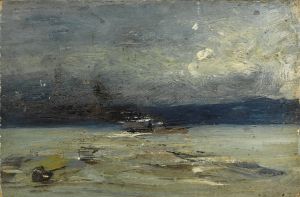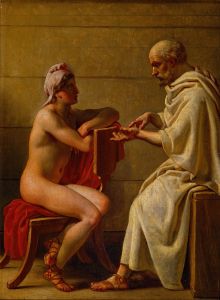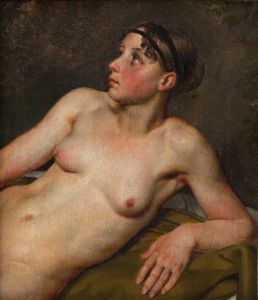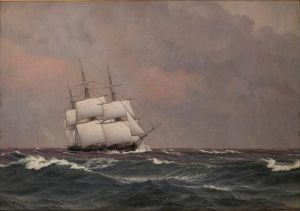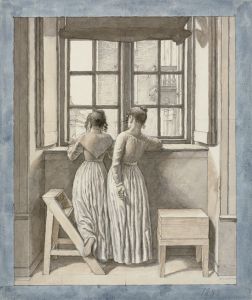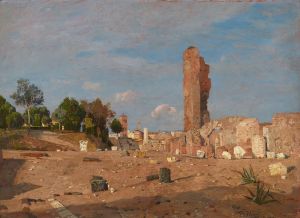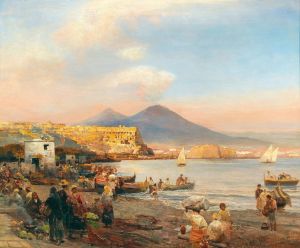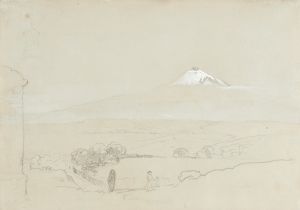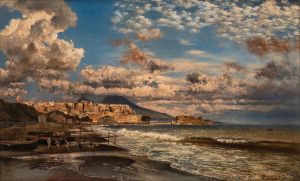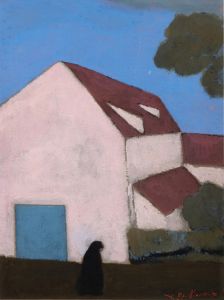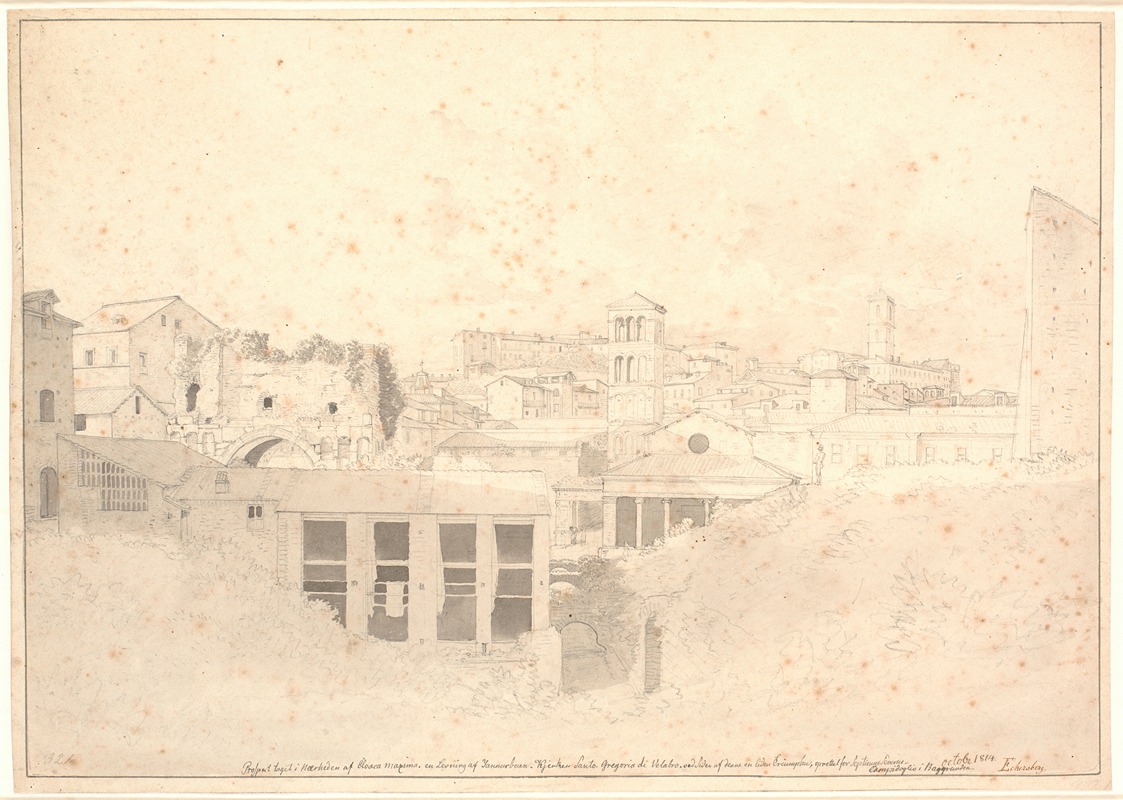
Parti ved Cloaca Maxima
A hand-painted replica of Christoffer Wilhelm Eckersberg’s masterpiece Parti ved Cloaca Maxima, meticulously crafted by professional artists to capture the true essence of the original. Each piece is created with museum-quality canvas and rare mineral pigments, carefully painted by experienced artists with delicate brushstrokes and rich, layered colors to perfectly recreate the texture of the original artwork. Unlike machine-printed reproductions, this hand-painted version brings the painting to life, infused with the artist’s emotions and skill in every stroke. Whether for personal collection or home decoration, it instantly elevates the artistic atmosphere of any space.
Christoffer Wilhelm Eckersberg, often referred to as the "father of Danish painting," was a prominent figure in the Danish Golden Age of painting. His work, "Parti ved Cloaca Maxima," is a testament to his skill and dedication to capturing the essence of landscapes and architecture with precision and clarity. Painted in 1814, this artwork reflects Eckersberg's keen interest in the classical world and his ability to depict it with a sense of realism and detail that was characteristic of his style.
"Parti ved Cloaca Maxima" translates to "View by the Cloaca Maxima," referring to the ancient Roman sewer system, one of the world's earliest sewage systems, which played a crucial role in the sanitation and infrastructure of ancient Rome. The Cloaca Maxima was originally constructed in the 6th century BCE and was a significant engineering feat of its time. By the time Eckersberg painted this scene, the Cloaca Maxima had become an iconic symbol of Roman engineering and a subject of interest for artists and historians alike.
Eckersberg's painting captures a scene near this historic site, likely focusing on the surrounding landscape and architectural elements that would have been present in the early 19th century. His attention to detail and use of light are evident in the way he renders the textures of the stone and the play of shadows across the scene. This approach not only highlights his technical skills but also his ability to convey a sense of place and time, transporting the viewer to the heart of Rome during this period.
The painting is a fine example of Eckersberg's work during his stay in Rome, where he was deeply influenced by the classical architecture and the vibrant artistic community. His time in Rome was pivotal in shaping his artistic direction, as he was exposed to the works of the great masters and the rich history of the city. This influence is apparent in "Parti ved Cloaca Maxima," where his classical training and appreciation for historical subjects come to the forefront.
Eckersberg's contribution to art extends beyond his paintings; he was also a highly respected teacher at the Royal Danish Academy of Fine Arts, where he mentored a generation of Danish artists. His emphasis on studying from life and his meticulous approach to composition and perspective left a lasting impact on his students and the art world.
"Parti ved Cloaca Maxima" is housed in the collection of the Statens Museum for Kunst (The National Gallery of Denmark) in Copenhagen. The museum holds a significant collection of Eckersberg's works, showcasing his development as an artist and his influence on Danish art. This painting, like many of his works, is celebrated for its clarity, precision, and ability to capture the beauty of the natural and built environment.
In summary, "Parti ved Cloaca Maxima" is a notable work by Christoffer Wilhelm Eckersberg that exemplifies his mastery of landscape painting and his deep connection to the classical world. Through this painting, Eckersberg not only documents a historical site but also invites viewers to appreciate the artistry and engineering of ancient Rome, as seen through the eyes of a 19th-century Danish artist.





